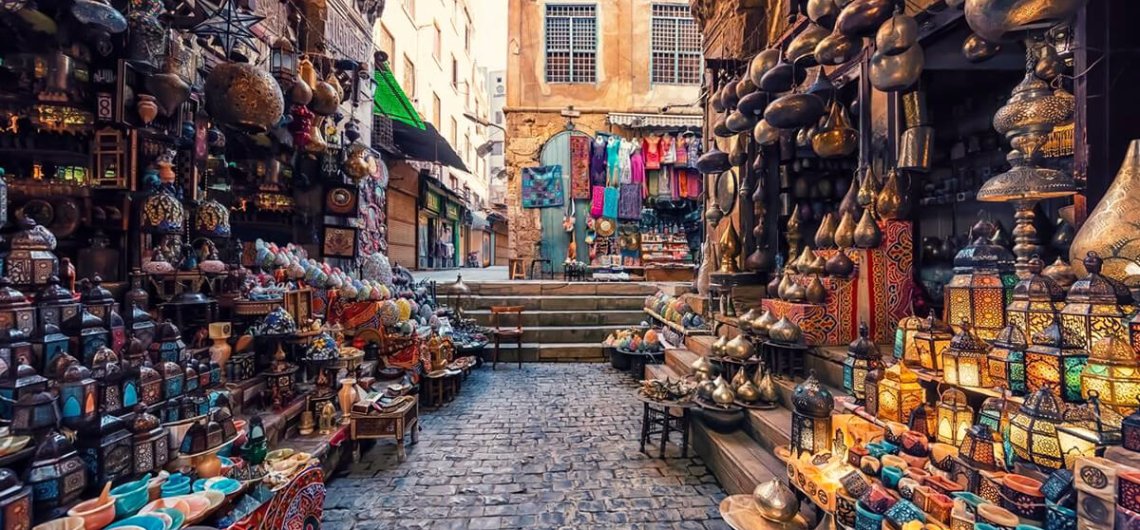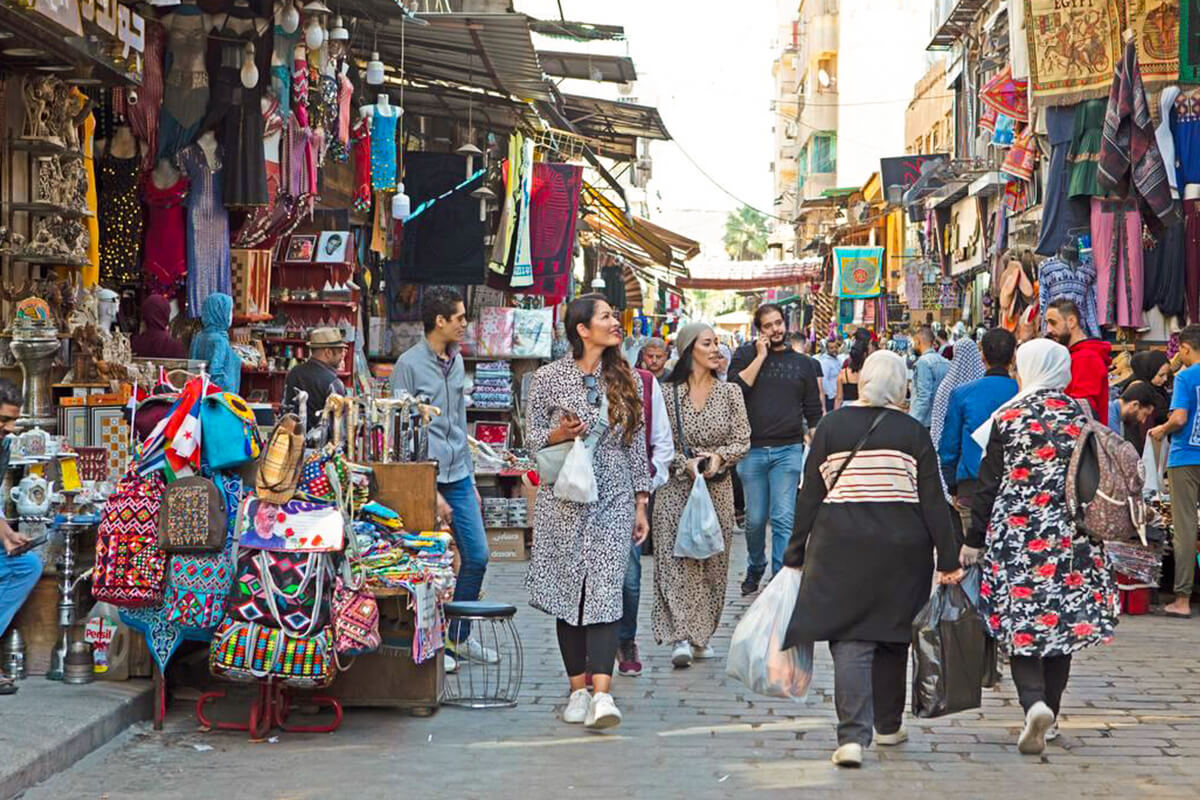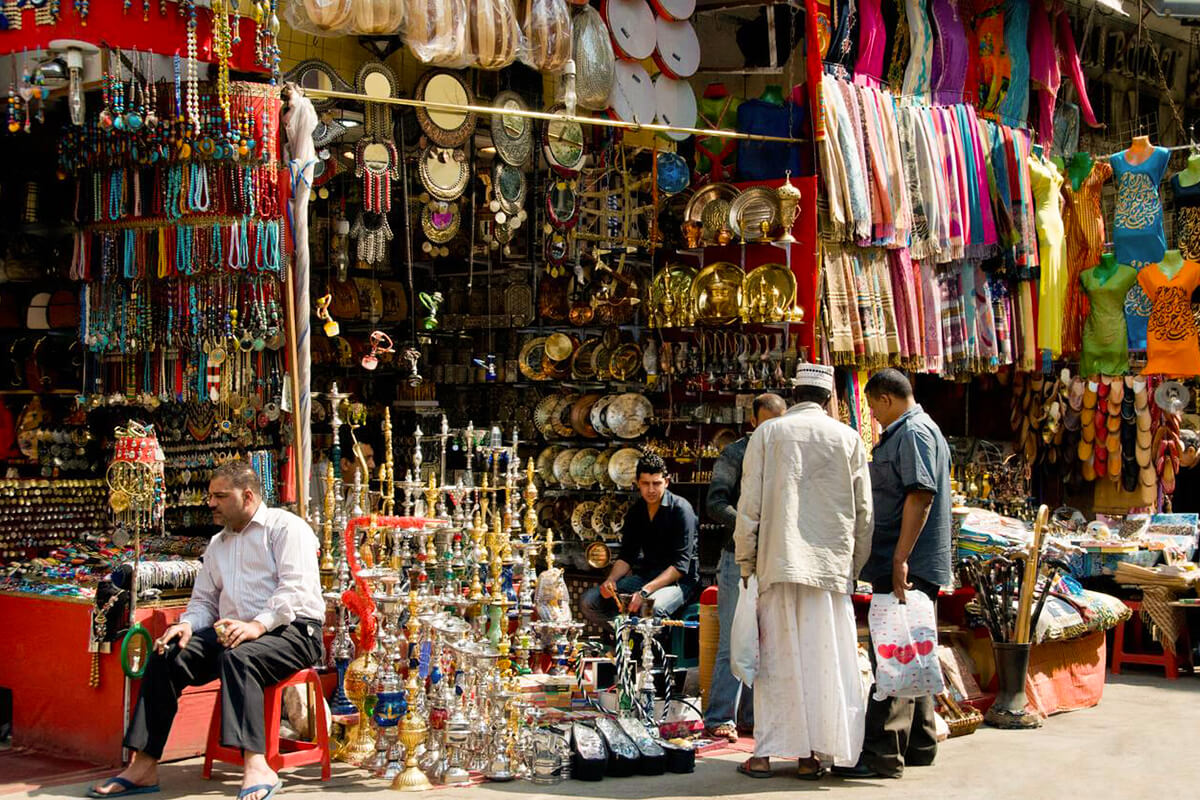The Bent Pyramid is one of Egypt’s most unique and intriguing pyramids and a must-visit destination for any traveler interested in history and culture. In this article, we will explore what makes the Bent Pyramid so unique, how to plan a visit, and what to expect when researching the pyramid and the surrounding areas.
What is the Bent Pyramid?
The Bent Pyramid is located in Dahshur, around 40 km south of Cairo, and was built by the pharaoh Sneferu during the Old Kingdom period. The pyramid is known for its unusual shape, which appears to bend at a certain point, hence its name. This unique design is believed to result from a change in the angle of inclination during construction, which was done to avoid structural instability.
One of the most exciting features of the Bent Pyramid is the two entrances, one on the north side and one on the west side. The north entrance leads to a descending passage, while the west door leads to an ascending path. This is the only pyramid in Egypt with such an architectural feature. The pyramid is also notable for its interior chambers, which feature intricate corbel vaulting and beautiful hieroglyphic inscriptions.
The Bent Pyramid is significant in Egyptian history and culture. It marks a transitional phase in pyramid construction, from the older step pyramid style to the smooth-sided pyramid style in the Great Pyramid of Giza.
Visiting the Bent Pyramid

A. Location
The Bent Pyramid is located in Dahshur, a desert area around 40 km south of Cairo. The easiest way to get there is by car, renting, or hiring a taxi, and there are also organized tours that include transportation to and from the site.
B. Opening Hours
The Bent Pyramid is open daily to visitors from 8 am to 4 pm. It’s recommended to arrive early in the morning to avoid the crowds and the heat.
C. Entrance Fees
The entrance fee for the Bent Pyramid is 120 Egyptian pounds for foreigners and 60 Egyptian pounds for Egyptian citizens. There may be additional fees for photography and videography.
D. Tour Guides
While it’s possible to explore the Bent Pyramid on your own, hiring a tour guide is highly recommended. A knowledgeable guide can provide valuable insights into the history and architecture of the pyramid and surrounding areas. Directions can be hired at the site or arranged through a tour company.
E. Safety Tips
It’s essential to take certain safety precautions when visiting the Bent Pyramid and the surrounding areas. Wear comfortable shoes, sunscreen, and a hat to protect yourself from the sun. Bringing a water bottle and snacks is also recommended, as the site has limited food and drink options. Finally, be aware of your surroundings and follow the site’s guidelines or restrictions.
Exploring the Bent Pyramid

A. What to Expect
Visitors to the Bent Pyramid can expect a unique and fascinating pyramid unlike any other in Egypt. The pyramid is surrounded by an expansive desert landscape, offering stunning views of the surrounding areas. The interior chambers of the pyramid are also worth exploring, with intricate hieroglyphic inscriptions and beautiful corbel vaulting.
B. Inside the Pyramid
Exploring the interior of the Bent Pyramid is a unique experience. Visitors can enter the pyramid through the north or west entrance and explore the narrow, steep corridors that lead to the interior chambers. The small sections offer a glimpse into ancient Egyptian burial practices and architecture. The walls are adorned with hieroglyphic inscriptions and carvings depicting various aspects of Egyptian mythology and culture.
C. Surrounding Areas
The Bent Pyramid is located in the desert area of Dahshur, which offers stunning views of the surrounding landscape. Visitors can also explore other nearby attractions, such as the Red Pyramid, another pyramid built by Sneferu, and the Dahshur cemetery, which contains several ancient tombs and temples.
Conclusion
The Bent Pyramid is a unique and fascinating destination for any traveler interested in ancient Egyptian history and architecture. Its unusual shape and architectural features make it a must-visit attraction, and exploring the interior chambers and surrounding areas is a truly unforgettable experience. With proper planning and preparation, visiting the Bent Pyramid can be an enriching and educational experience for all types of travelers.
Whether you’re a history buff, an architecture enthusiast, or simply looking for a new and exciting travel destination, the Bent Pyramid should be on your list of places to visit in Egypt. Take advantage of the chance to explore one of the world’s most unique and intriguing pyramids.
If you want to cruise through Nile River check out Egypt Nile River cruises
Don’t miss to check out our All-inclusive egypt vacation packages you can spend one day in egypt, check out in Egypt day tours













